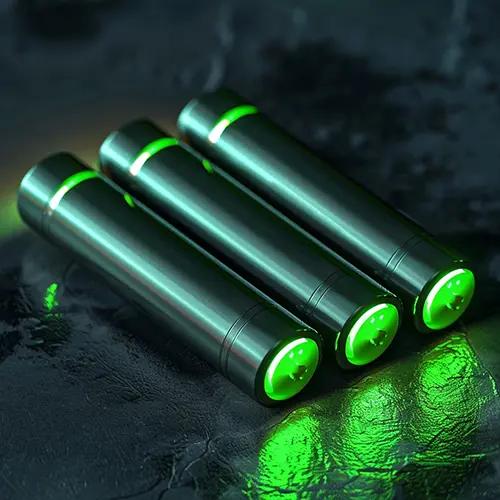When choosing a battery for applications such as renewable energy storage, electric vehicles, or portable electronics, two popular types often come up: NCM (Nickel Cobalt Manganese) and LiFePO4 (Lithium Iron Phosphate). Both have distinct advantages and disadvantages that make them suitable for different use cases. This article will compare NCM and LiFePO4 batteries to help you understand their differences and determine which might be better for your needs.
NCM Battery (Nickel Cobalt Manganese)

Advantages:
- High Energy Density:
- NCM batteries are known for their high energy density, meaning they can store a large amount of energy in a relatively small and lightweight package. This makes them ideal for applications where space and weight are critical, such as in electric vehicles (EVs) and portable electronics.
- High Power Output:
- NCM batteries can deliver high power output, making them suitable for applications that require a quick burst of energy.
- Good Performance at Low Temperatures:
- These batteries perform well in colder environments, maintaining their efficiency and capacity even at lower temperatures.
Disadvantages:
- Safety Concerns:
- NCM batteries are more prone to thermal runaway and can be less stable compared to LiFePO4 batteries. Proper thermal management and safety mechanisms are essential to prevent overheating and potential hazards.
- Shorter Lifespan:
- NCM batteries generally have a shorter cycle life compared to LiFePO4 batteries. They may degrade faster, especially under high-stress conditions like frequent deep discharges.
- Cost and Environmental Impact:
- The use of cobalt and nickel in NCM batteries makes them more expensive and raises environmental and ethical concerns related to mining and material sourcing.
LiFePO4 Battery (Lithium Iron Phosphate)

Advantages:
- Safety and Stability:
- LiFePO4 batteries are known for their excellent thermal and chemical stability. They are less likely to overheat or catch fire, making them a safer choice for many applications.
- Long Lifespan:
- These batteries have a longer cycle life, often exceeding 2,000 to 3,000 charge cycles. This makes them ideal for applications where longevity is crucial, such as in renewable energy storage systems.
- Environmental Impact:
- LiFePO4 batteries do not contain cobalt or nickel, which makes them more environmentally friendly and reduces the ethical concerns associated with mining these materials.
Disadvantages:
- Lower Energy Density:
- LiFePO4 batteries have a lower energy density compared to NCM batteries. This means they are bulkier and heavier for the same amount of stored energy, which can be a disadvantage in applications where space and weight are critical.
- Lower Power Output:
- They typically have a lower power output compared to NCM batteries, which may not be suitable for applications requiring high bursts of energy.
- Performance at Low Temperatures:
- LiFePO4 batteries can experience reduced performance at low temperatures, which may affect their efficiency and capacity in colder climates.
Use Cases and Applications:
- NCM Batteries:
- Ideal for electric vehicles (EVs) due to their high energy density and power output.
- Suitable for portable electronics like laptops, smartphones, and power tools where compact size and lightweight are important.
- Can be used in applications requiring high power bursts, such as drones and certain industrial equipment.
- LiFePO4 Batteries:
- Best suited for renewable energy storage systems, including solar and wind energy setups, due to their long lifespan and safety.
- Suitable for home energy storage systems and off-grid applications where safety and longevity are priorities.
- Ideal for applications requiring high levels of safety and stability, such as medical devices and backup power systems.
Both NCM and LiFePO4 batteries have their unique strengths and weaknesses. The choice between the two largely depends on the specific requirements of your application. If you need high energy density and power output and can manage the associated safety concerns, NCM batteries may be the better choice. On the other hand, if safety, longevity, and environmental impact are your primary concerns, LiFePO4 batteries are likely the better option. By understanding the characteristics of each battery type, you can make an informed decision that best meets your needs.




